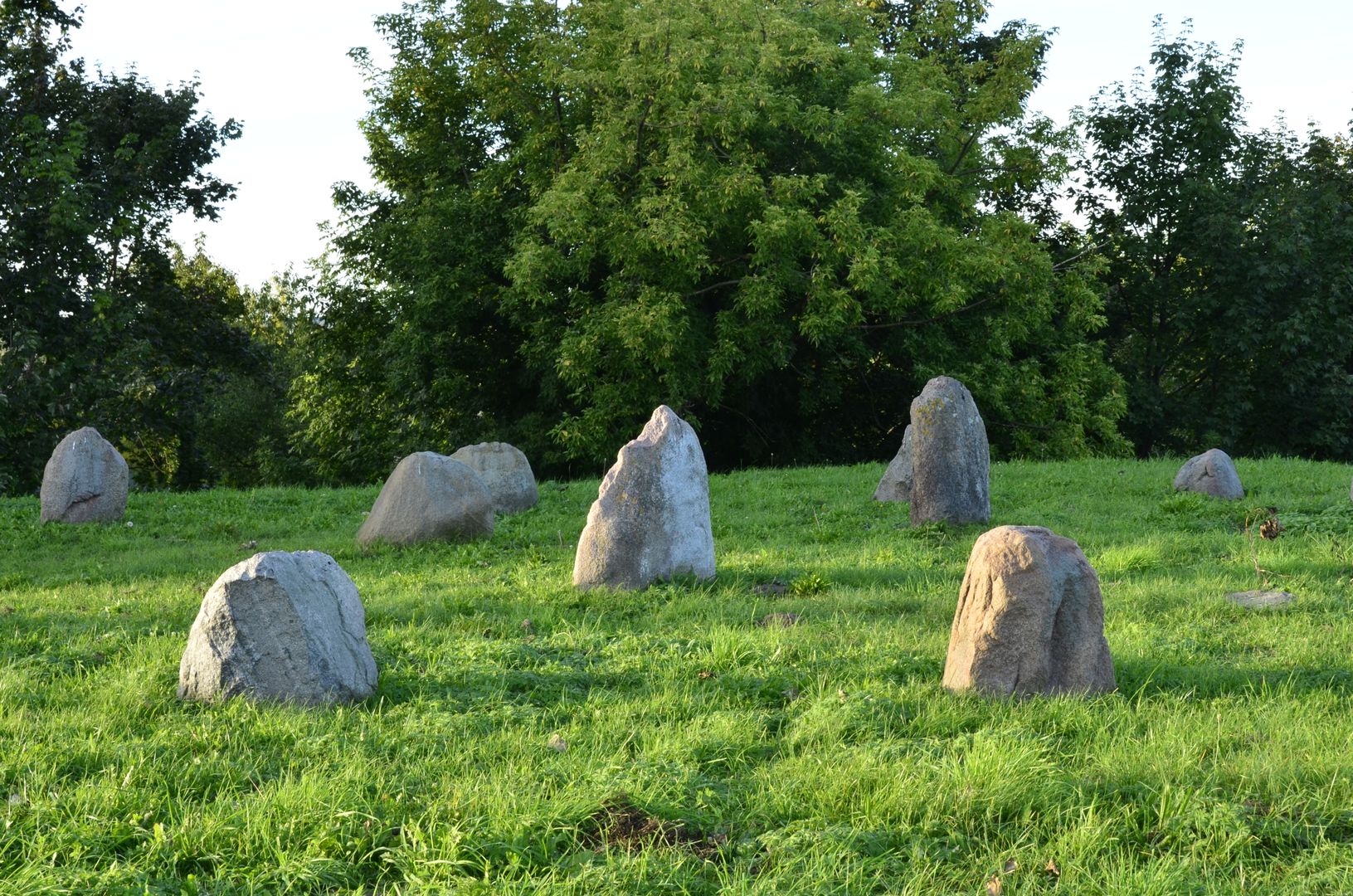The Old Jewish Cemetery in Łomża
6.35

Overview
The Old Jewish Cemetery in Łomża, located on Rybaki Street, was established in 1830 and is an important element of Jewish history and culture in the region. Due to the growing number of burials, the civil authorities banned further interments at this cemetery in 1892, which reflects both its significance and overcrowding. The last known burial took place in 1942, underscoring the tragic fate of the Jewish community during World War II.
Within the 1.5-hectare area, around 150 tombstones have been preserved, showcasing a diversity of architectural styles—from simple grave markers to more elaborate forms. A distinctive feature of these tombstones is the Hebrew inscriptions, which not only reflect Jewish traditions but also preserve the memory of the deceased.
After the cemetery was closed, new burials were conducted at a new cemetery, highlighting the importance of this necropolis in the city’s history. Interestingly, the cemetery displays influences of various architectural styles, which is rare in Polish Jewish heritage.
Today, despite being largely forgotten, the cemetery serves not only as a memorial to the dead but also as an important symbol of the community that played a key role in Łomża’s history for centuries. The fact that so many tombstones remain makes it a significant site for research into the history of Jews in Poland and local funerary traditions.
Location
Tickets
Powered by GetYourGuide
2025 Wizytor | All Rights Reserved